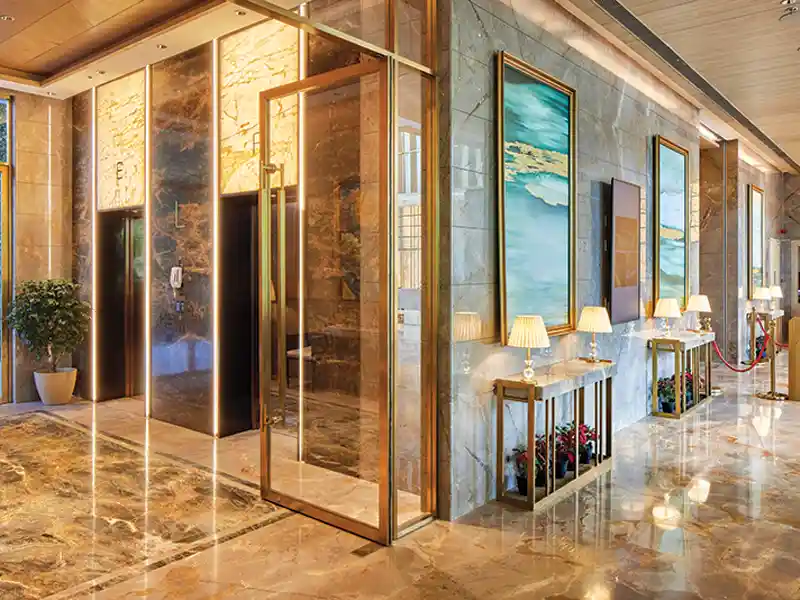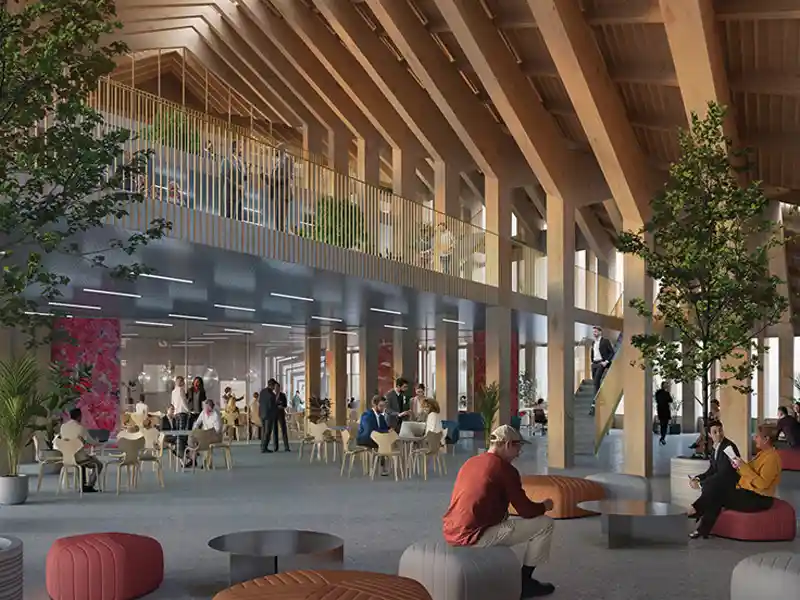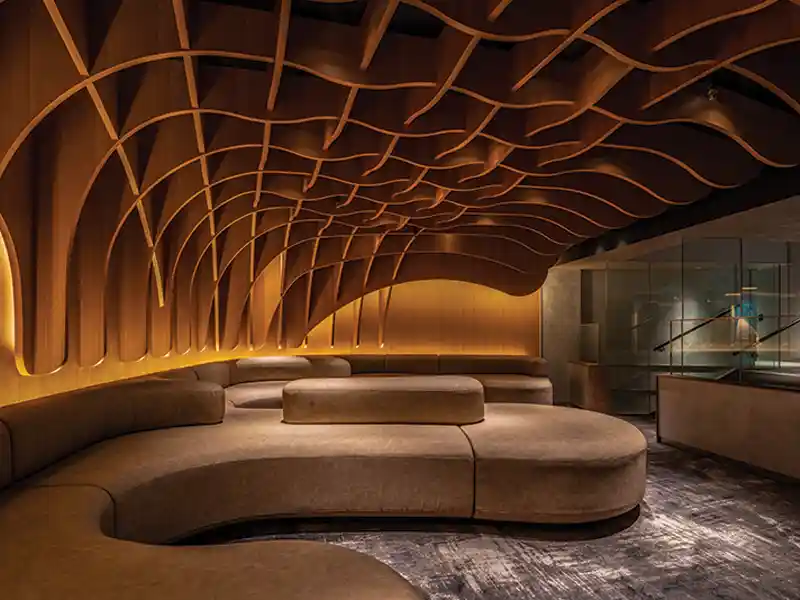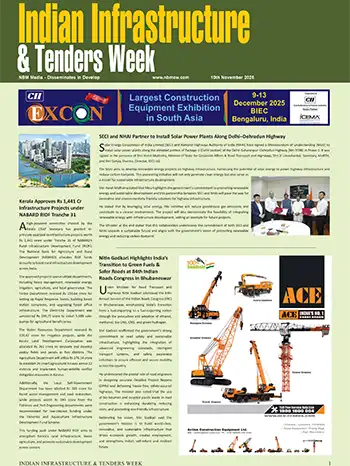
One must take into account the tolerances depending upon the typology of the building material selected. Hence, a building material sets an overall concept for the project. Alternate building materials can also be used to either gain aesthetic value or, sometimes, functional value.
Depending upon the context and concept, materials like glass, stone, wood, AAC blocks, and thermal insulated blocks can play an essential role in the framework of creative and innovative designs. Instead of going for a regular wall, one can even use glass as a structural member. Steel is also gaining popularity.
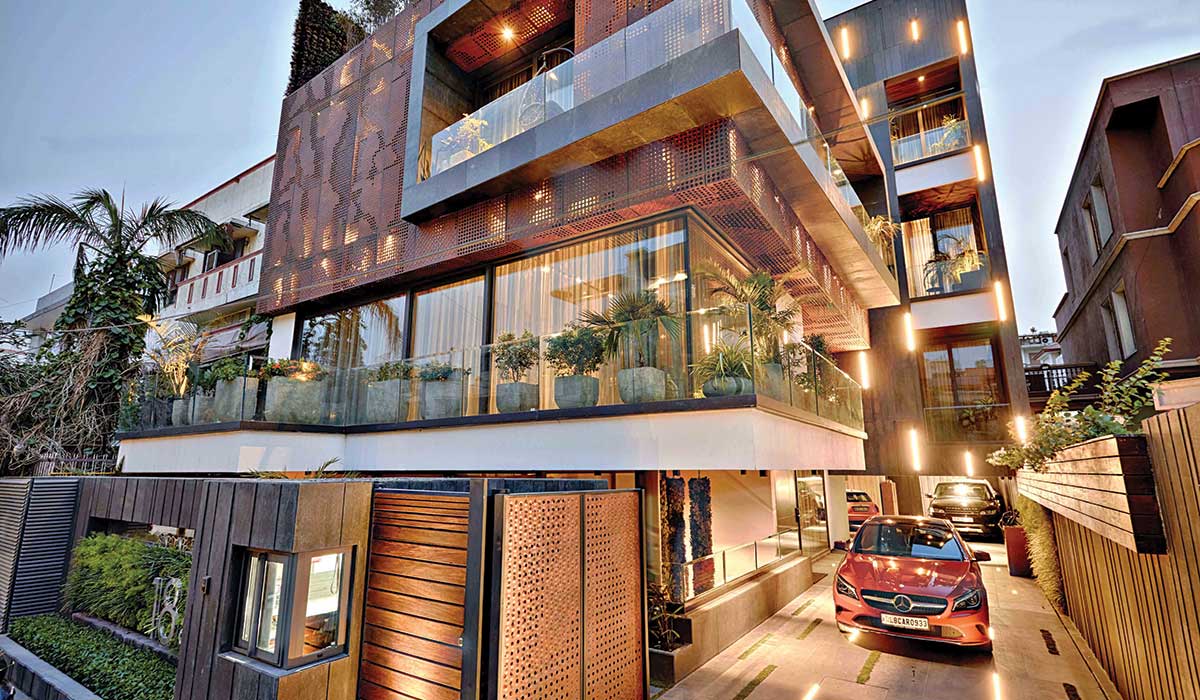
Durable, malleable, and scalable materials like aluminum, zinc, glass, and concrete will soon be the choice for making innovations in building facades. Green Building materials enhance the sustainability and efficiency of a building in terms of design, construction, maintenance, and renovation. These materials are derived from renewable waste products and are highly energy efficient. Green materials include bamboo, hempcrete, straw bales, mycelium, wood, rammed earth, timbercrete, grasscrete, recycled plastic, etc. Over the past few years, such materials have been widely used in various construction activities as they reduce the environmental impact associated with the installation, transportation, fabrication, processing, disposal, and recycling of building materials.

